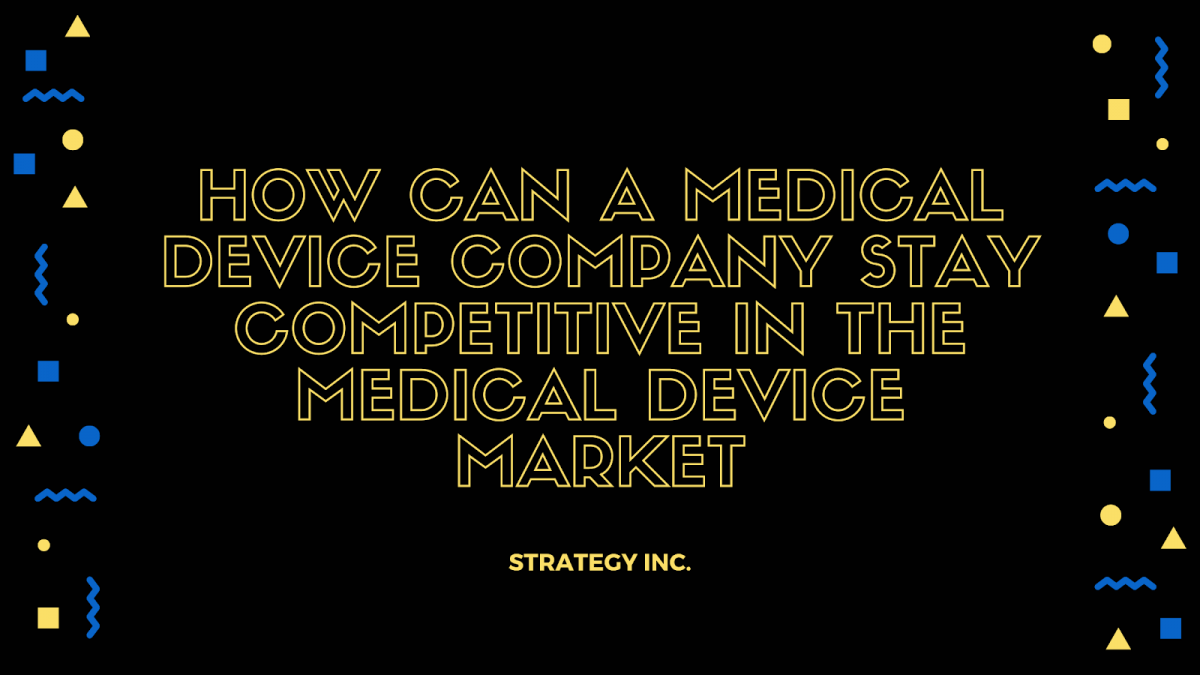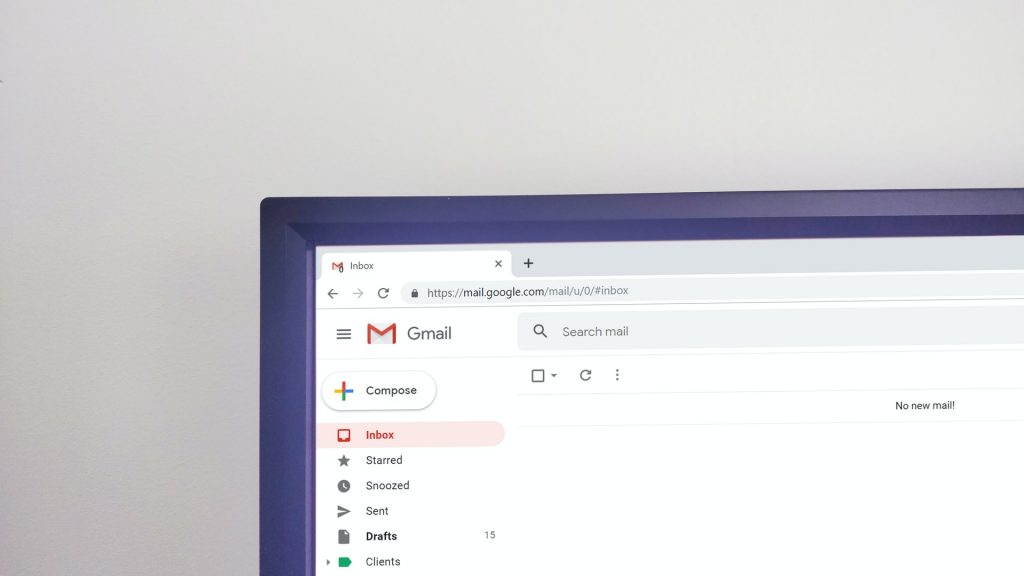When you are
selecting a data catalog, this decision is similar (and equally complicated) to
the purchase of any other tangible or intangible element. It is obvious that
any data catalog would help you understand and analyze previous data sets.
However, the ease of getting to the final outcome (the quality) of the data
catalog marks the difference.
In the following article, we will discuss how you can utilize various key markers to evaluate the quality of the data catalog. Let’s move forward and explore more about data catalogs.
What Is the Function
of a Data Catalog?
The original
purpose of a data catalog is to help
a data analyst understand data. With better visibility into the past and
existing information sets, the usefulness of this data improves. As a result,
the quality of the findings also improve. Simply put, a data catalog is your
one-stop solution for data curation and governance.
Today, data
catalogs are being utilized not only for handling data inventory of
organizations but also for enhancing analysis outcomes, quality, and handling
data assets. In fact, compliance teams necessarily check cataloging to maintain
critical guidelines of GDPR and other regulations. Traditionally, data
cataloging was restricted to analyzing and understanding data. But now, it has
moved towards a community-centric and extensive organizational collaboration
approach, which has made cataloging essential for data management.
14 Tips to Choose The
Best Data Catalog
When you are
selecting a data catalog, it is
necessary to ensure that this catalog meets the requirements and fits the
culture of your organization. To help you achieve this, we have discussed 14
tips below. Read on.
Data Set Cataloging
The first
thing that you should expect your data catalog to do is to support data
discovery, including new dataset discovery and the initial making of the
catalog. With the help of machine learning, your data catalog should fetch
metadata, perform automated tagging, and achieve semantic inference. This is
imperative to acquire optimum value from cataloging automation. It can reduce
manual efforts and errors.
Data Set Search
The data
catalog should include the ability to search – something which is the basic
requirement. Your team should be able to search with keywords, facets, and
other related business terms. An NLP-powered catalog can make this task easier
for non-tech teams or users.
Note: The search
option should always have a mask to secure datasets that a certain user is not
authorized to view or access.
Operation Cataloging
Any data
catalog should have the ability to offer preparation of operations to users.
These operations should be integrated into datasets for data blending,
formatting, and improvement. This means that the catalog should support
multiple operational associations with – data operations to data and
many-to-many.
For
instance, one of the mandatory operations would be to secure PII or personally
identifiable information of users.
Data Set Recommendation
Recommendations
are great for finding data quickly. This is why having a data catalog with
recommendations can help you improve the connection between dataset, workflow,
and data preparation. This recommendation engine should be equipped to
automatically detect dataset relationships and overlapping features of
datasets.
Evaluation of Data Set
Finding
datasets is the first leg of the bigger picture. This means that the data
catalog should also allow the data analyst to see profiles of data, preview
data, find ratings, understand customer reviews, evaluate the quality of
information, and check annotation by the curator.
Access to Data
After
checking the data evaluation, data access should be analyzed. There exist
multiple types of datasets, which could be connected to the catalog. For
instance, tagged files, RDBMS, flat files, graph databases, document stores,
text documents, geospatial data, etc. Along with access to these datasets,
protections should be placed to ensure compliance and security.
Catalog of Metadata
Always
ensure that the metadata collected in your data catalog is rich in quality.
- What type of data is sourced related to datasets?
- What knowledge do we have of processes and data
lineage?
- Does the data contain details of SMEs, curators, etc.?
Asking these
questions will give you a clear idea about the quality of metadata cataloging.
Once these details are cataloged, it is necessary to ensure the right usage of
metadata.
- Who is using it?
- What are the use cases of this usage?
- What is the frequency of use?
This can
help you move towards intelligent recommendations.
Valuation of Data
One of the
widely accepted facts about data catalogs is data valuation. The
catalog should offer value for data datasets. This means that the information
you receive should be able to create some value for the business, and the
catalog itself should contribute to the estimation of value.
Data Security
Proper
security governance is necessary to ensure authorization and authentication.
Allowing users to securely access data which they are authorized to see and
authenticating access to the catalog for complete data security remain a top
function of the process of cataloging.
Here,
consider the levels of security constraints: row or record level, or field or
column level.
Data Lineage or Tracing
The data catalog should
offer transparency to the user to check data lineage. This means the ability to
check the source of data, how it was generated, and where it is coming from. It
is not uncommon to have breaks in lineage, such as when the dataset is
extracted from ETL tools. When your catalog is able to fill these gaps, you can
derive the source of the dataset to understand a dataset fully.
Data Compliance
One of the
amazing features that we get with the right data catalog is the ability to
maintain compliance. It, in fact, should maintain compliance according to the
changing regulations. Hence, when you are selecting a data catalog, look for a
catalog powered by machine learning, which will automatically determine metadata
and profile assets. This will also contain pre-written procedures for access
restrictions and masking.
Data Quality
When your
catalog doesn’t offer quality data, your reports and other models are of no
use. For this reason, quality data helps you achieve business-ready datasets.
So, the catalog should be integrated to achieve quality data from disparate
sources to seamlessly improve the output in the form of reports.
It is
necessary to understand that your catalog will not perform the cleansing, but
it can offer you discrepancy and deficiency points, which are likely to create
a bottleneck in the quality. You can use this to make amends.
Data Interoperability
Data
interoperability simply means the ability to integrate with various tools. This
indicates the manner in which your data catalog will integrate with your
visualization tools and data preparation software.
Data Catalog Deployment
Once you
have considered all the above factors, check the technical infrastructure
support that you need. Whether your culture supports cloud, hybrid, and
on-premise deployments, or if you want web-based or server-based
implementations. After analyzing all these deployment requirements, run a final
check with the data catalog vendor to move in the right direction.
Conclusion
There are
multiple factors that help in deciding the right data catalog. Only after
considering all the above requirements, you would be able to arrive at the
right point, from where you can evaluate your budget and finalize a data
catalog.
Before you make that decision, don’t forget to take note of the
consulting offered, along with the future plans of the vendor for
transformation. Once you are satisfied with all these factors, you would be
able to select the right data catalog.





























